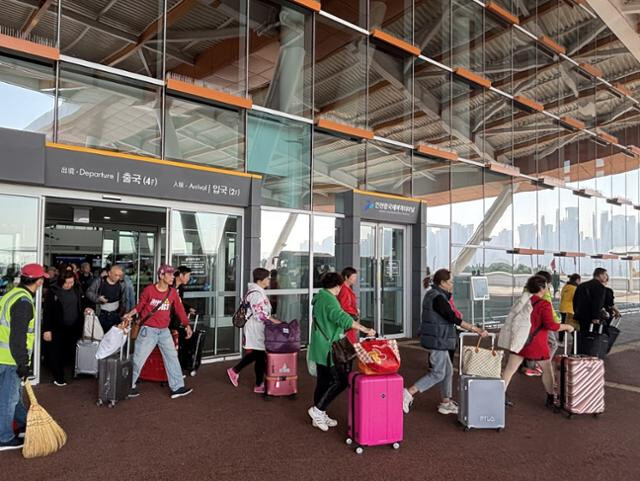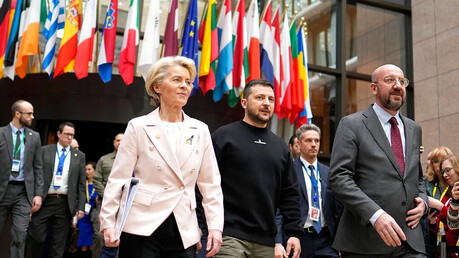
South Korea's tourism sector is buzzing with excitement as a temporary visa-free entry policy for Chinese group tourists officially took effect today. The new measure, which allows groups of three or more Chinese nationals to stay for up to 15 days without a visa, is set to run until June 30, 2026. This move is widely seen as a decisive effort by the South Korean government to revitalize inbound tourism and boost the national economy.
Incheon Port: The First Wave of Arrivals
The launch day was marked by the arrival of a massive influx of Chinese visitors at Incheon Port. The 77,000-ton Dream cruise ship, operated by China's Tianjin Dongfang International Cruise Line, docked at the international cruise terminal carrying an estimated 2,752 passengers and crew. The ship, which departed from Tianjin on September 27, represents the first Chinese cruise operator to call at Incheon this year and quickly scheduled its itinerary following the visa-free announcement.
Passengers disembarked to a warm welcome, with buses lined up to shuttle them to Seoul and other local attractions for a one-day tour before the ship’s evening departure. "The ship was packed, maybe because the no-visa policy has just begun," said 67-year-old Zhewei, who traveled with seven schoolmates, expressing her excitement for her first time arriving in Incheon by cruise.
While the new visa waiver program is expected to simplify travel logistics for future groups, the immediate arrivals were processed under the existing 'Cruise Tourist Shore Landing Permit System,' demonstrating a streamlined process already in place for sea travelers. However, the new policy provides a strong boost of confidence to the industry, which is now actively soliciting new tour packages.
Anticipation Rises in Busan Ahead of 'Golden Week'
Across the country, cities are preparing for a projected surge in Chinese visitors, particularly with China's week-long National Day 'Golden Week' holiday starting on October 1. In Busan, arrivals via Gimhae International Airport from Beijing and Shanghai are already increasing. Luxury hotels along Haeundae Beach are reporting near-full occupancy, fueled by a combination of domestic Chuseok holiday travelers and pre-booked international tourists.
Local tourism operators, however, remain cautiously optimistic. A representative from the Busan Tourism Association noted, "The Golden Week is traditionally a busy travel period, so it’s difficult to attribute the current increase solely to the visa waiver." He added that the true impact will be measurable if high tourism levels can be sustained into the typically quieter off-peak season. Still, local Chinese-dedicated travel agencies have confirmed a steady rise in inquiries, signaling future growth.
Jeju Island's Strategic Shift
Jeju Island, a popular destination that already allows individual and group Chinese tourists a 30-day visa-free stay, saw no significant immediate change from the new policy, as its existing waiver is more comprehensive.
Despite this, the local tourism industry and the provincial government are strategically leveraging the mainland's new visa waiver. The goal is to tap into new markets, specifically Chinese metropolitan areas that currently lack direct flight connections to Jeju. By offering new 'Seoul/Busan-to-Jeju' packaged tours, local operators, including casinos, aim to attract high-value tourists who can now enter the country easily via major mainland ports and then travel domestically to the island. This multi-city approach is expected to revive Jeju’s inbound market by integrating it more closely with the mainland Korean tourism route.
In a statement, a Jeju Tourism Association official confirmed, "While we haven't seen a dramatic change today, this measure opens a new avenue for us to attract tourists from non-direct-flight cities. We are intensifying our promotional efforts in Seoul and Busan to draw those visitors to Jeju."
The visa-free measure is broadly viewed as a major catalyst for South Korea's retail, hospitality, and travel sectors, providing a timely stimulus just as major holidays drive peak international travel. The coming months will be a crucial test of whether this new policy can successfully deliver the anticipated boom in Chinese tourism.
[Copyright (c) Global Economic Times. All Rights Reserved.]




























